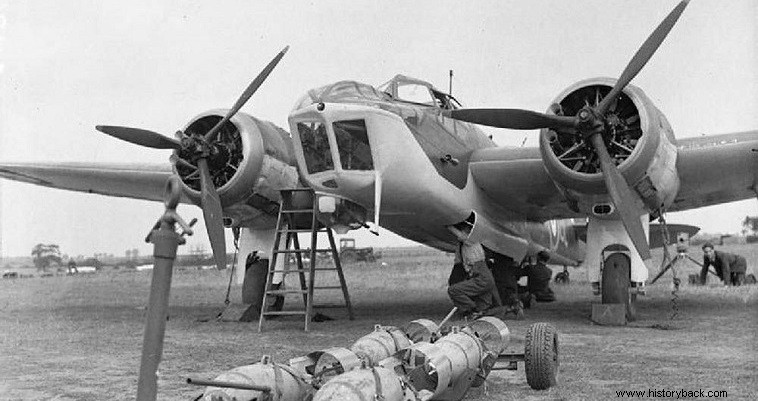
Operation "Sarissa" if it was finally carried out, could have drastically changed the course of the Second World War already from the beginning, almost. When in 1939 Nazi Germany and the Communist USSR signed the infamous Ribbentrop-Molotov Pact, the whole world was surprised.
Both signatory powers, however, had their own point of view. For Hitler it freed his hands so that he could concentrate his forces in France and the Netherlands, while for Stalin, the pact gave time to absorb eastern Poland initially and the Baltic countries and Romania, then of Moldova, later.
The Anglo-French naturally did not take kindly to the Hitler-Stalin rapprochement, especially after the shameful division of Poland. As if this were not enough, Stalin also attacked Finland in November 1939.
The Western Allies since then began to draw up plans against the USSR which, not unjustly, they considered an essential ally of Hitler , as, above all else, the pact provided for the supply of Germany with critical raw materials, such as oil, but also with food.
London and Paris drew up plans for immediate involvement in the Winter War on Finland's side. At the same time, however, there began to be concern about how Soviet oil exports to Germany would stop.
French Commander-in-Chief Maurice Gamelin submitted, on February 22, 1940, a preliminary plan for the bombardment of the Baku oil region of the ESR by French bombers to be launched from Syria. According to the initiators of the plan, these bombings could even lead to the complete collapse of the USSR.
Indeed over 90% of Soviet oil production and over 80% of refineries were located in the Caucasus region. The Gamelen project was undertaken to be thoroughly studied by the British in March 1940.
The British expanded the French plan to now include bombardments of Bsku, Batum and Grozny. The plan was named Western Air Plan 106 and codenamed Operation Sarissa. In March, British reconnaissance flew over the USSR in a Lockheed 14 Super Electra civilian aircraft equipped with powerful, stereoscopic cameras. The aircraft was operating from Iraq.
A new mission was executed on April 5th. The Soviets fired anti-aircraft missiles at the aircraft but to no avail, and their fighter jets failed to take off in time to intercept it.
Aerial photographs revealed that oil facilities in Baku and Batum were particularly vulnerable. Grozny was a more difficult target. On 1 April four RAF squadrons with a total of 48 Bristol Blenheim Mk IV bombers were made available for this purpose. A few long-range Wellesley light bombers were also made available.
The French would participate with 65 American Martin Maryland bombers and 24 Farman F.222 heavy bombers. The operation, the final designs of which belonged to RAF Brigadier John Slessor , should start on May 15. It would last three months.
The French wanted his immediate execution, but the British were more down-to-earth, fearing that the bombings would result in a formal alliance between Hitler and Stalin . Indeed the Soviet
sBut everything changed when in May 1940 the Germans attacked France and swept away the French and other allied forces.
In addition, the files of the French high command also fell into the hands of the Germans, in the village of Charite. They were the famous "Charite writings" . There were described the plans against the USSR and also the plans to create a Balkan front.
The latter were used by the Germans to justify their attack on Greece. Of course after the fall of France Operation Sarissa was cancelled . But Stalin was fully informed by the Germans.
